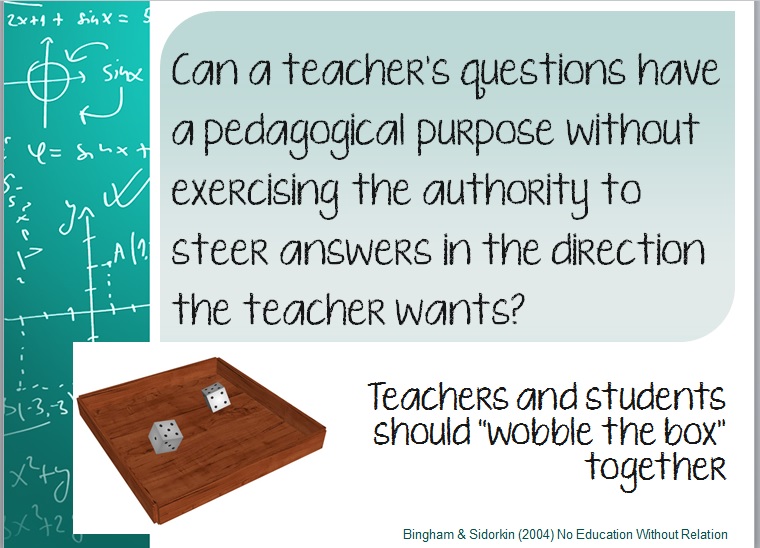After a few weeks of recovery, I wanted to write about having a BLAST of a time at our first attempt of putting together the PBL Summit my friend Nils Ahbel and I organized from July 16-19. I wanted to thank all of those who came and participated in the discussions and talks and who shared their ideas so freely. It’s such a great reminder of the huge resources we all are to each other as math teachers. I know that I at least tripled my Professional Learning Network and hope that all of the participants did too.
I’d also like to thank everyone who gave feedback and the amazing ideas for next year – including a pre-conference session for those of you who might have been PBL “newbies” and might have needed more of an intro, topic-level groups, more in-depth SIGs for people who want to dive deeply into writing or assessment writing too. The ideas just kept flowing and I think we will have a wonderful plan for next year too.
One of the take-aways that I left the PBL Summit with was how differently people view what “learning” means in PBL. From my long career both teaching and studying PBL, I have had a lot of time to form my own frameworks for student knowledge construction and pedagogical theory and often take for granted that all of us are on the same page. As I have traveled and talked to many other math teachers and heard others who are experts in PBL (both PjBL and PrBL) speak, I realize more and more that we are often NOT on the same page. This does not mean that any one of us is more right or wrong. We just need to understand each other more.
My big question to everyone I talk to is “where/when does the learning happen?” or “where/when do the students construct their knowledge and understanding of the mathematics?” If students are presented with a problem, for example they watch a wonderful interesting video of a basketball player shooting at a basket or watching someone fill a water tank and they come up with their own question based on a real-life phenomenon from the video, how do those students know the mathematics to answer those interesting questions? If students are sitting through direct instruction lessons to be exposed to the mathematics but using them to answer their own questions, this is definitely an improvement than passive mathematics classes of the past. Having students take ownership of the material in this way is is a powerful method of creating agency for mathematics learning. The problems that they are solving and from where they are posed are extremely relevant to the motivation and agency in learning.
I would posit that PBL can be more and mean more and in more ways to student learning. Even when posed with a good problem (one they did not come up with themselves). In PBL, students can:
- see the need for a new method without the teacher introducing it
- see the need for discussing other students’ ideas
- find their own organizational strategies for problem solving
- access prior knowledge that they did not realize they needed before
- use their resources to discuss the problem with each other
- use resources to find new solutions and follow their own thinking
- make connections between topics in mathematics that they might not have realized before
- create community in the mathematics classroom (like in other disciplines – humanities, fine arts and science)
- realize that reflection is one of the most important parts of the learning process
- learn to relate to others in math class
- see mathematics as a creative endeavor
and so much more. I’d love to hear from people some that I have left out. In my mind, even the mathematical learning happens in these contexts and students are the shapers of where and when this happens. Robert Kaplinsky is one of those amazing PBL teacher/speakers who has a somewhat different approach than I do, but is very similar in many ways and I heard him say this April, “Don’t teach what students need to know before they do a problem-based lesson.” In that way, we are all on the same page, for sure.
